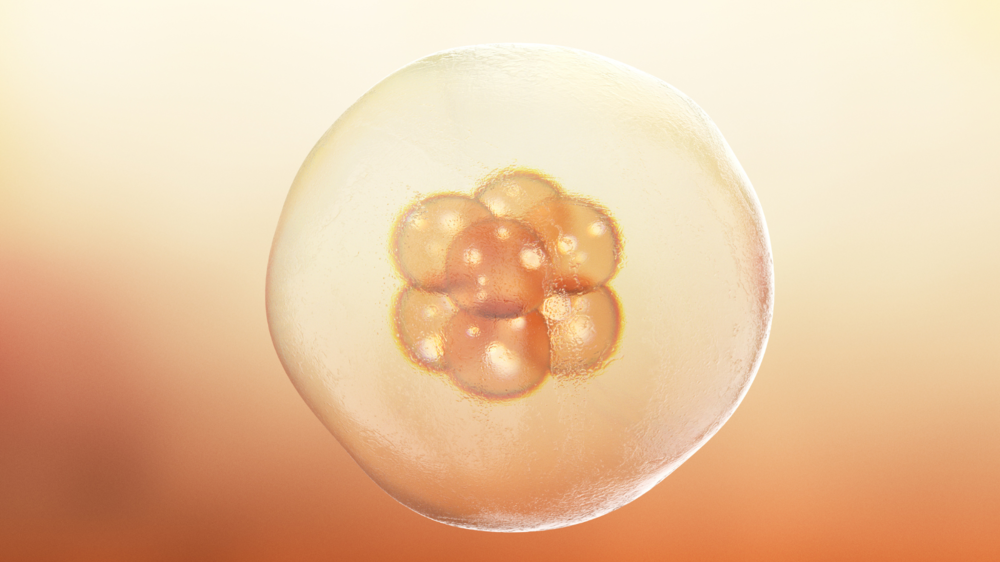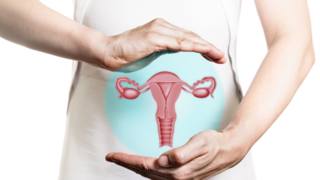In this article:
It involves gently disturbing the lining of your uterus in the hope that it becomes more receptive to the embryo. Still, there’s debate about how effective it really is. A few studies show promise, but others find no clear benefit. This is why it’s important to understand the possible advantages and the limitations.
What is Endometrial Scratching?
Endometrial scratching is a simple procedure used during IVF to potentially boost the chances of an embryo implanting in the uterus. It involves gently scratching or injuring the inner lining of the womb, called the endometrium. A thin, flexible catheter is used to carry out this procedure. This intentional disruption is thought to create a more favourable environment for the embryo to attach and grow. The procedure is similar to an endometrial biopsy and is typically done without anaesthesia. It is generally well tolerated and considered a quick, minimally invasive process.How Does Endometrial Scratching Work?
The exact way endometrial scratching helps is not fully understood. The theory is that it triggers a healing response in the uterus, which may improve the endometrium’s ability to support embryo implantation. This is how it’s believed to work:- Triggers an inflammatory response: The scratch causes a mild injury, similar to a scratch on your skin. This prompts the body to release growth factors, hormones, and proinflammatory cytokines, which may make the endometrial lining more receptive to an embryo.
- Activates key genes: The procedure may activate genes that are important for preparing the endometrium for implantation. These may include laminin alpha 4, integrin alpha 6, matrix metalloproteinase 1, and glycodelin A, which might not be active otherwise.
- Improves endometrial environment: The healing process after the scratch could lead to better blood flow and a thicker endometrial lining.
- Enhances immune response: Scratching may adjust the immune activity in the uterus and reduce the chance of the body rejecting the embryo.
- Synchronises timing: It might help align the development of the embryo with the readiness of the endometrium to support successful implantation.
When is Endometrial Scratching Performed?
Timing is important for it to be effective. It’s typically done in the menstrual cycle before your IVF treatment begins, specifically around day 21 of the cycle, during the luteal phase. This timing makes sure the procedure doesn’t interfere with an existing pregnancy, so you’ll be advised to avoid unprotected intercourse during this cycle.If your IVF cycle is delayed or cancelled, the scratching may need to be repeated before the next embryo transfer.
How is the Endometrial Scratching Procedure Done?
It is an outpatient procedure that takes about 15 to 20 minutes. This is what you can expect:
- A thin, flexible catheter is inserted through the cervix into the uterus.
- The catheter is gently moved back and forth or rotated to create small disruptions in the endometrial lining.
- No anaesthesia is needed, though you might feel mild discomfort or cramping similar to period pain.
- You may be advised to take over-the-counter pain relief to manage any discomfort afterwards.
The procedure is low-cost and doesn’t require a hospital stay, so you can usually go home shortly after it’s done.
Who is Endometrial Scratching For?
Endometrial scratching is recommended for individuals who have had multiple failed IVF cycles despite transferring healthy, good-quality embryos. It’s also considered for those with unexplained infertility or repeated miscarriages due to implantation issues.However, it’s not usually suggested for people undergoing their first IVF cycle, as there’s limited evidence to support its use in this group. Your fertility specialist will assess your medical history and IVF outcomes to determine if this procedure is right for you.
Does Endometrial Scratching Improve Pregnancy Chances?
The main question is whether endometrial scratch actually helps with embryo implantation. Studies have shown mixed results, and more research is needed to confirm its effectiveness. Here’s what you should know:- Promising studies: Some research suggests endometrial scratching may modestly improve pregnancy and live birth rates. For example, one meta-analysis found that individuals who underwent this procedure had a 12 per cent relative increase in live birth rates compared to those who didn’t. However, subsequent larger and more recent trials have shown mixed or negative findings, making this early study notable but not definitive.
- Conflicting evidence: A 2016 Cochrane review of nine randomised controlled trials involving 1,512 patients examined the effectiveness of endometrial scratching in women trying to conceive through timed intercourse or intrauterine insemination (IUI). The review concluded that the evidence supporting endometrial scratching in these settings was of low or very low quality.
Risks and Side Effects of Endometrial Scratching
This procedure comes with some risks and side effects:- Mild bleeding or spotting: You might notice light bleeding after the procedure.
- Abdominal cramps: Some individuals experience period-like cramping for a short time after the scratch.
- Pelvic infection: In rare cases, an infection from the cervix could spread to the uterus, with symptoms appearing up to 10 days later. Screening for infections like chlamydia is often recommended beforehand.
- Uterine perforation: There’s a small chance of accidentally piercing the uterine wall, though this is very rare.
- Disruption of early pregnancy: If the procedure is done in the second half of the menstrual cycle, it could potentially harm an early pregnancy.
- No guaranteed success: There’s a chance the procedure won’t improve implantation rates. This may lead to disappointment or added stress.
Is Endometrial Scratching Worth It?
Deciding whether to try endometrial scratching can be confusing because the evidence isn’t entirely clear-cut. Some studies suggest it could increase your chances of pregnancy by improving endometrial receptivity, while others highlight the need for more research to confirm its benefits. The procedure is simple and relatively safe, but it’s not a guaranteed solution. It’s best to only consult your doctor and take their advice to know if it will work for you or not.Endometrial scratching is a low-risk procedure, but research on its effectiveness is still ongoing. Have an open conversation with your fertility specialist before deciding if the procedure is right for you. Trust their expertise as they can review your medical history, consider your specific needs, and guide you on whether endometrial scratching could be a helpful option.
FAQs on A Simple IVF Step Before Embryo Transfer: Does It Work?
- Who might benefit from endometrial scratching?
It may be recommended for people who’ve had multiple failed IVF cycles with good-quality embryos or those with unexplained implantation issues. It’s not commonly used for first-time IVF patients. - What are the risks or side effects of endometrial scratching?
Possible side effects include light bleeding, cramping, infection, or uterine perforation. There's also the risk that it may not help at all.






